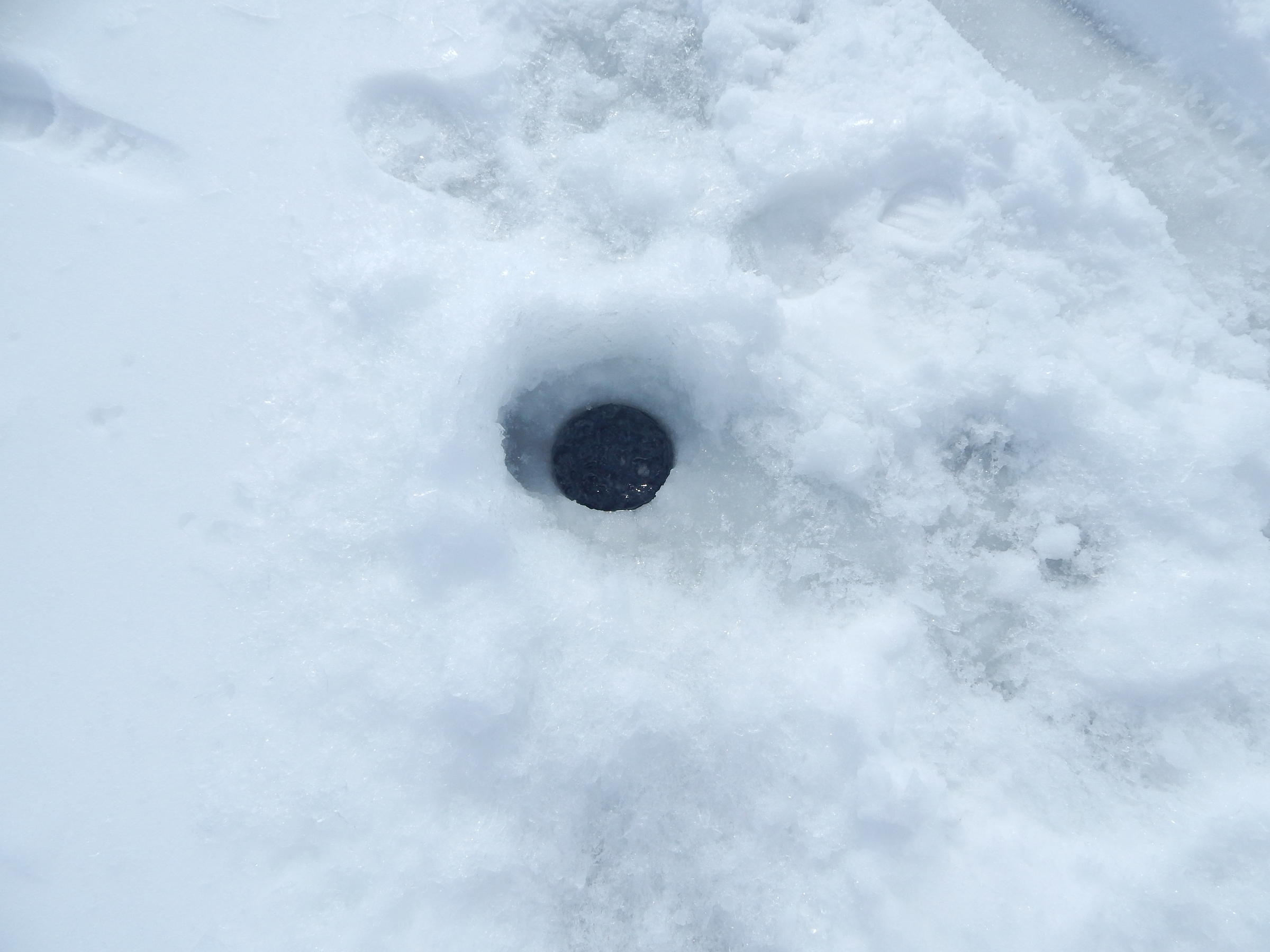Ice Fishing
December has come in like a lion and it has proven to be a worthy, artic opponent. Typically, January and February are the really cold months. But, the 12th month of 2017 has brought some really cold temperatures and several snowfalls that can only mean one thing….Ice Fishing! Yes, us “hardcore” anglers have been treated to an early frosting and that makes the perfect recipe for a jumpstart on the ice. So let’s pull out our thermals, snow gear and tackle box and “LET’S GO ICE FISHING!”
With programs about the Alaskan way of living popularized on television, we watch the shows and say to ourselves, “pffff, I can do that.” I mean, in my head I can, but let’s be real. We have our limits and I, for one, know mine. There’s just something about the everyday comforts of home that will definitely shake me back to reality. So while getting your gear together to protect yourself from the cold, let’s not forget, tagging along with you is your child. That’s right, your little side kick. The “youngling” that looks up to you and says, “If my mom or dad can do it, so can I. And, I want to be just like them.” So with that said, let’s plan a safe ice fishing trip.
In my previous blog, I provided a checklist of recommendations to have a successful fishing trip during the cold months. Keeping some of those points in mind, let’s look at other tips for ice fishing starting with ice thickness. Ice thickness can vary, so here is an idea of how much support ice density can have. Forestry personnel usually mark sites that are hazardous. This holds true when gauging the depth of ice for fishing on the frozen ponds and the Pennsylvania Fish and Boat says anything under 3 inches of ice is UNSAFE. Ice thickness of 4 inches can support about 200 pounds, which is roughly 1 angler (not this guy) and their gear. Eight inches of ice thickness holds about 2000 pounds, equivalent to a small car. And eleven inches can bear a light pick up truck.
Now that you have determined that you are on safe ice thickness, let’s get a little physical. And by that, I mean let’s “cut” a hole into the ice. Using an ice auger can get you a nicely drilled hole, but there are other options to chop an ice fishing hole if an auger is not available. Some of these tools may be in your very own shed or tool room. An ax or hatchet can get you a hole on the thinner ice and may take some skill. An adult can have a nice square hole cut in a few minutes. Digging bars work well. They’re like large chisels that can chip away easily at the ice. On a side note, tie a rope to your digging bar. Many times one has slipped out of the hands of the angler as they broke through the ice and now the digging bars rest on the bottom of a lake or pond. A slightly more expensive option for cutting holes is the use of an ice auger. They are available manually or motorized and both can fetch you a hole 6 to 8 inches. Remember that in Pennsylvania, holes can’t be bigger than 10 inches in diameter. Once you cut your hole for fishing, you’ll need something to scoop out the loose pieces of ice from the hole. You can purchase an ice skimmer for a few dollars or you can simply use a slotted spoon, ladle or mesh strainer from your very kitchen. This allows the angler to skim out ice from the hole while letting water drain.
Now that the basics of ice fishing have been introduced, let’s tie this all together with having your child tag along for some frozen fun. Our hopes as parents, is to introduce our children to the joys of the outdoors and begin grooming a permanent partner for hiking, fishing or anything outdoors. And some of us want to start them young. So, with that in mind, let’s consider items that can make or break your ice fishing trip. For starters, don’t plan on you catching much of anything. Your time is going to spent, cutting the hole, setting the lines and lures, rods or tip-ups. You’ll spend your time answering questions like “if the water is frozen how come the fish aren’t”? Timeless questions related to “what kind of snacks do we have? I’m cold. Do we have some hot chocolate? My socks are wet”. You may even have to dig deep down inside and sing a song about fishing on the ice and how weird it is that the fish aren’t frozen. Yes, the obstacle is easy to overcome if you keep in tune with your child and read their demeanor. You may get lucky and fish on the ice for a few hours. Chances are you won’t and you and your little partner will be heading back home 30 minutes after cutting your first hole in the ice. But acclimating your future fishing partner will take some time and it may get frustrating. But before you know it, they’ll cut the ice hole for you and set up to catch the “Big One”. And the “Big One” may be Jeremy’s carp!


Leave a Comment
cyclomune
cyclosporine eye drops cyclosporine emulsion drops